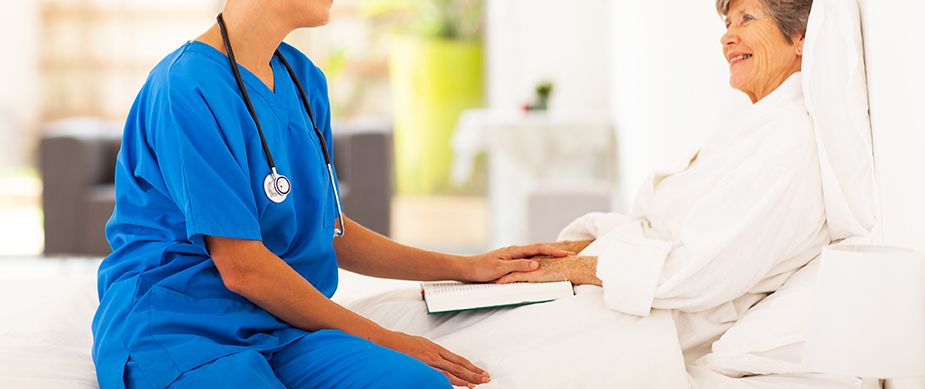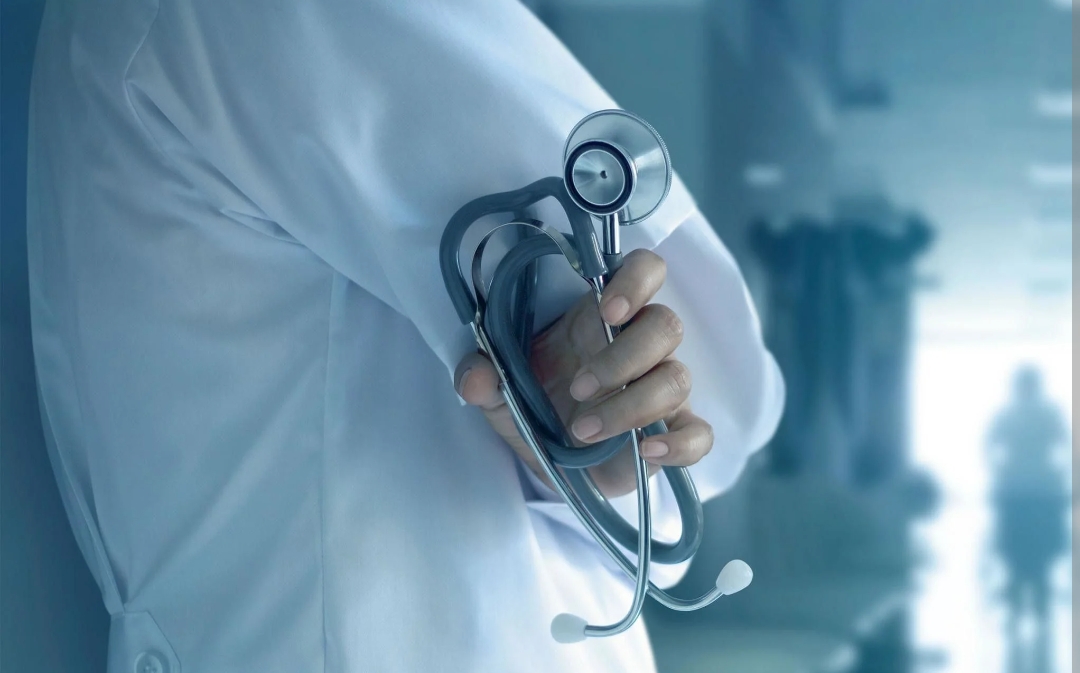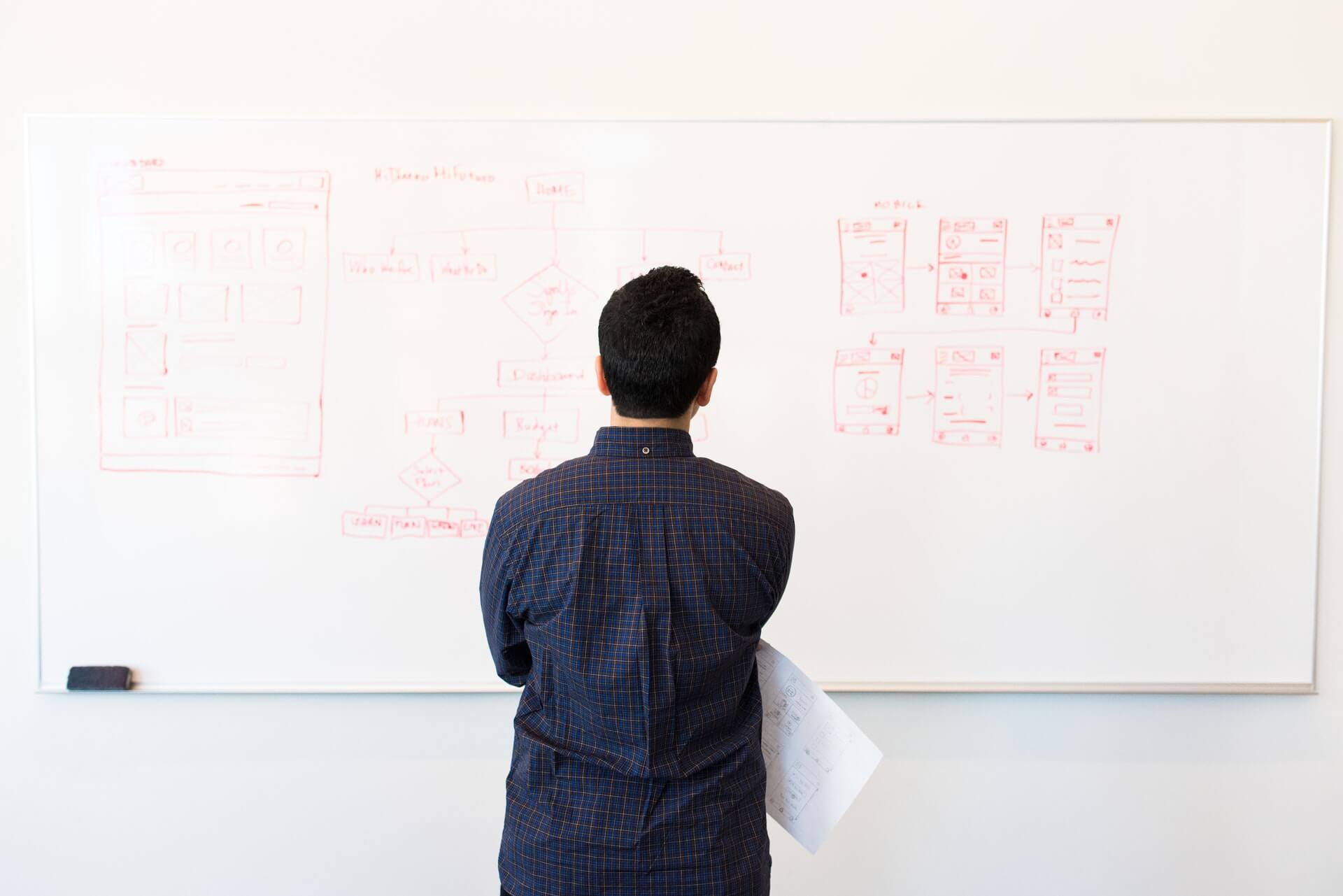
Doctors’ POV on digital patient engagement
Innovation connects with understanding how arising advances, like computerized reasoning, can be applied to explicit healthcare business needs. Innovation additionally covers coordinating fresher advances, for example, distributed computing and wearable gadgets, with inheritance frameworks.
Information includes coordinating significant interior and outside information while getting rid of unessential information for more insightful independent direction. Information additionally covers enabling cutting edge laborers, like managerial staff, to make the right information by further developing their work processes. The interaction covers drastically designing customary cycles to meet patient needs better, smooth out work processes, and kill redundancies.
At long last, hierarchical change capacities cover the human side of things in joining the over three regions connected with digital change. Digital change unites this multitude of pieces to tackle the issues confronting healthcare suppliers, patients, and the whole healthcare environment.
Healthcare digital Change Patterns in India
An IBEF report expresses that India is among the couple of nations that have arisen as one of the quickest developing digital economies throughout the course of recent years, portrayed by 90% development as far as digital reception list somewhere in the range of 2014 and 2017. A new report by Accenture features that the business stands to save more than $60 billion in the long haul by making the right mechanical ventures today.
Digital Patterns to Look out for in the emergency clinic industry:
- Utilizing Man-made brainpower to Create Reports Rapidly and Precisely
With a grave interest supply hole of Radiologists and Lab Trained professional “d”s, it forecasts well for medical clinics to embrace computer based intelligence stages for creating reports. This can help decrease burnout among doctors and lessen TATs from testing to report age.
For instance, computer based intelligence can help with deciphering reports for chest x-beam sweeps to assist with isolating them as typical or unusual. In this way, the radiologists can invest more energy zeroing in on the cases that require their due consideration.
Essentially, the use of simulated intelligence to pursue Head CT outputs can have a tremendous effect on a patient who experiences a stroke. This can limit intercession time from minutes to seconds, which has radical results on life.
In a provincial evangelist emergency clinic in India, there were no Radiologists accessible to peruse chest x-beams. As a feature of a public health program, the medical clinic was offered computer based intelligence help, which empowered an enormous number of patients to seek opportune therapy for tuberculosis. The presentation of simulated intelligence likewise decreased TATs for the recognition of TB from two or three weeks to seconds.
- Work on the Simplicity of Booking and Planning Arrangements
There would be a level of individuals who might like to have tele-booking administration by means of the medical clinic’s front office staff. Nonetheless, did you have any idea that it would take a normal of 5-8 mins for a tele-arrangement booking to be finished, which could be a channel of your time and assets.
A patient self-booking framework is an incredible arrangement. This should be possible by permitting internet booking and planning on your site and incorporating it with installment arrangements.
Another elective you can investigate is having a patient booking medical clinic booth for empowering enrollments and registrations, similar to a self registration stand in air terminals. This innovation is at present being utilized in a few clinics in India, and patients are cheerful about this.
- Utilization of Wearables for Remote Checking
Wearables have now become standard, because of Fitbits and smartwatches. As per research from Business Insider Knowledge, over 80% of shoppers will wear wellness innovation.
Other than the standard contraptions, there are plenty of choices that clients can browse, be it wearable ECG screens, circulatory strain screens, and biosensors that can follow their heartbeat, temperature, and heartbeat, and rest designs.
Although some healthcare suppliers probably won’t embrace wearable innovation for patient finding, one can’t disregard their stake as a remote observing instrument. Emergency clinics need to give customers the choice of checking their health consistently through the wearables and offer information patterns with “d”s to empower all encompassing patient treatment and clinical results.
- Meet patients Any place They Are Through Remote Counseling
Not all healthcare discussions should be possible basically. Notwithstanding, for routine conferences, second assessment based interviews, it would be an incredible choice for buyers to have a teleconsultation choice made accessible at emergency clinics. Moreover, this is an extraordinary method for connecting with purchasers in Level 2, Level 3, and the remotest areas to guarantee admittance to quality healthcare.
Telemedicine takes into consideration the remotest patients to approach the best clinicians from the urban communities and get the right conclusion and early treatment for their illnesses. This innovation came into training in India in 1997 and has jumped in reception post-Coronavirus.
Patients now need to access and utilize patient entryways and applications, however the innovation should be utilitarian and instinctive, meeting them where they are. Reception will stay negligible assuming that the innovation is too hard to even consider getting to or use, and certain patient populaces will encounter diminished care.
- Digital Twins and Augmented Reality for healthcare Based model
Digital twins and Computer generated Reality Conditions (VREs) permit clients to encounter genuine situations through recreation and empower them to get functional information that would somehow be hard to fathom in a genuine climate.
In the Indian setting, in spite of the fact that recreation has made advances through having clinical life sized models and very good quality human patient test systems, the suggestion to scale this innovation is restricted.
Computer generated reality makes it more straightforward to enter a bigger number of junior “d”s. This can help them to learn physical positions better, lessen nervousness about endeavor different methodology like intubation and laparoscopic medical procedures, and so on.
Abilities that ordinarily take more time to secure can be sharpened through computer generated simulation. It would assist with working on specialists’ abilities and speed and versatility in working rooms paired with in-clinic preparation to yield the best outcomes.
Conclusion
Every one of the abovementioned healthcare digital change thoughts can mean improved patient experience and unwaveringly, diminished burnout for specialists, and opportune conveyance of administrations and cost efficiencies for customers.
Plus, above all, these healthcare digital change thoughts can empower the shift from remedial to prescient, preventive and customized healthcare.
The future of healthcare is assisting individuals with taking the onus of their health. This should be possible by embracing innovation to decipher and figure out huge measures of information into reduced down, straightforward and implementable tasks for patients.
Visit DocMode for Courses and lectures













